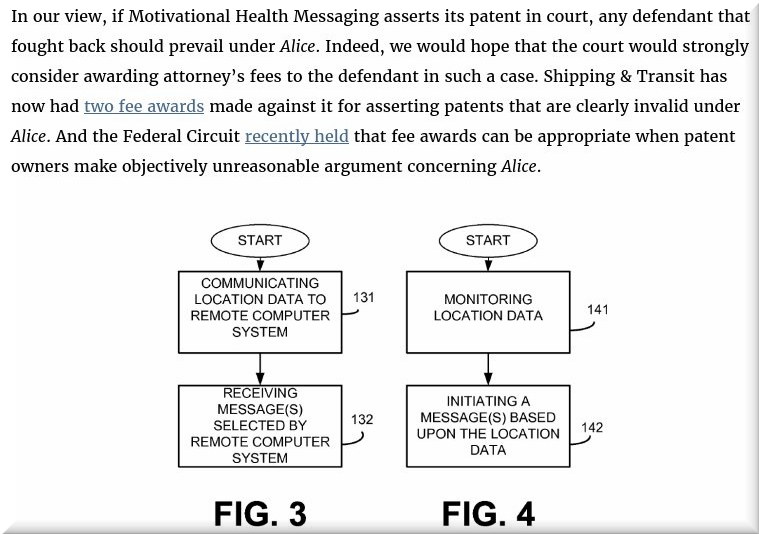

Prof. James Bessen, who wrote a lot about patent trolls half a decade ago when he researched their impact on the US economy, seems concerned about Erich Spangenberg, a highly notorious patent troll whom we mentioned the other day because of a report from CNBC. Spangenberg spent an extraordinary amount of money buying utterly useless things using money that he extracted by extorting over a thousand businesses, using patents which were later invalidated anyway. Spangenberg symbolises some of the rogue elements of society.
Patent troll Erich Spangenberg, who is hated in Silicon Valley for challenging the patents on all sorts of technology, is eyeing the cryptocurrency market next.
Citing a recent blog by Spangenberg, CNBC reported news that he has created a new group to unlock the value in blockchain intellectual property, arguing that while the press is focused on bitcoin, another important story that gets less coverage is the technology that underpins it: blockchain.
The patent troll is amassing a treasure trove of blockchain patents that he can enforce as the distributed ledger technology takes off. Spangenberg has started a company dubbed IPwe that has 20 full-time employees and a team of consultants. They are tasked with applying “blockchain, artificial intelligence and predictive analytics to improve patents,” Spangenberg wrote in the blog post. “It is a curious path how a collection of misfit trolls, geeks and wonks ended up here — but we are going to crush it and make a fortune.”
Have you ever sent a motivational text to a friend? If you have, perhaps you tailored your message to an activity or location by saying “Good luck in the race!” or “Have fun in New York!” Now, imagine doing this automatically with a computer. What a great invention. Actually, no. That’s not a good invention, it’s our latest Stupid Patent of the Month.
U.S. Patent No. 9,069,648 is titled “Systems and methods for delivering activity based suggestive (ABS) messages.” The patent describes sending “motivational messages,” based “on the current or anticipated activity of the user,” to a “personal electronic device.” The patent provides examples such as sending the message “don't give up” when the user is running up a hill. The examples aren’t limited to health or exercise. For example, the patent suggests sending messages like “do not fear” and “God is with you” when a “user enters a dangerous neighborhood.”
The patent’s description of its invention is filled with silly, non-standard acronyms like ABS for “activity based suggestive” messages or EBIF for “electronic based intelligence function.” These silly acronyms create an illusion of complexity where plain, descriptive language would reveal the mundane nature of the supposed invention. For example, what the patent grandly calls EBIF appears to be nothing more than standard computer processing.